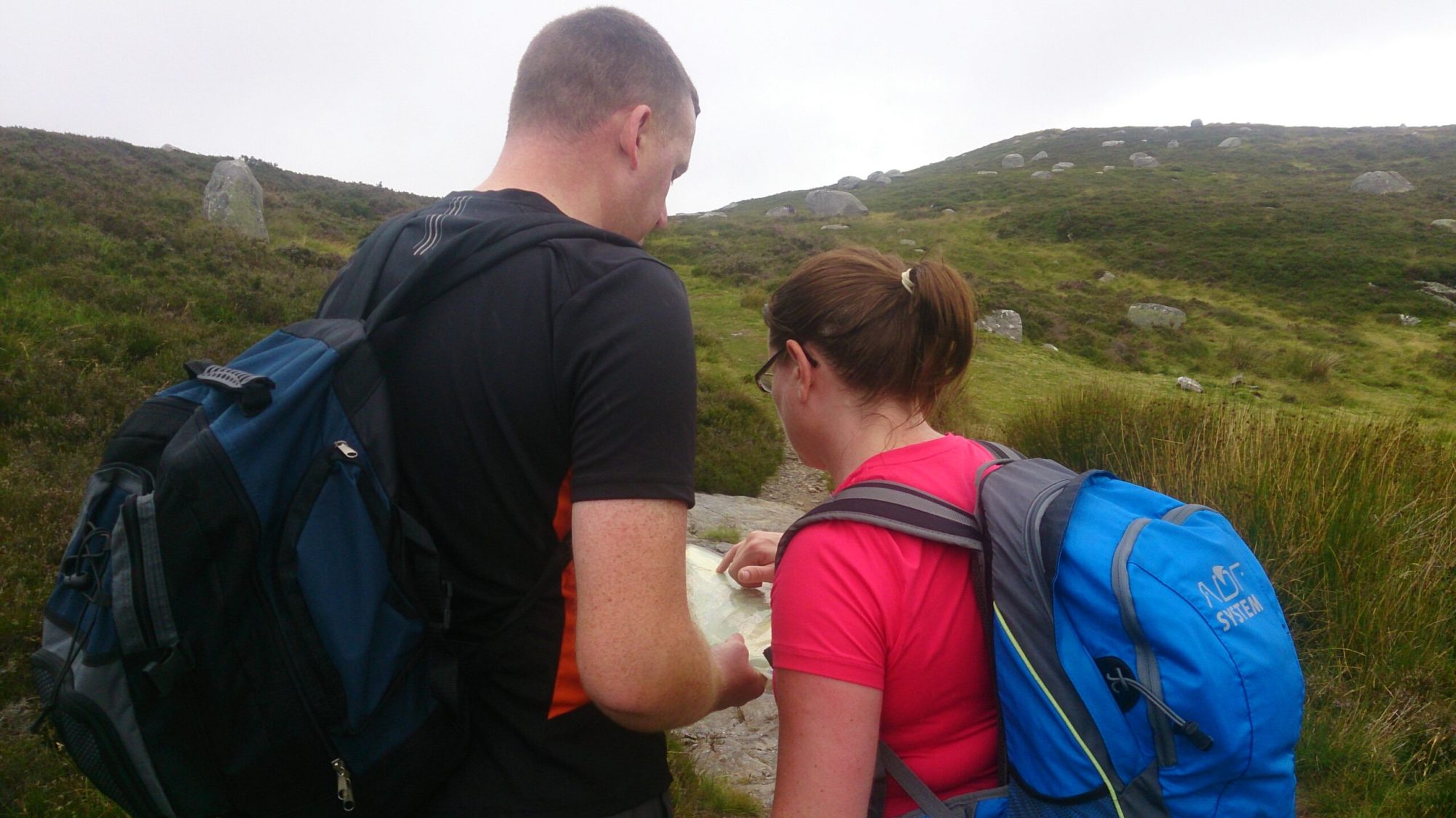Natural Navigation – How to find your way using the natural world around you.

It’s a cliché to say we have become reliant on technology, and we certainly need a map and compass, and perhaps a GPS system, to find our way around unfamiliar hills.
But how did our ancestors find their way around, and what natural features did they use to navigate across the land in times gone by?
Here are 5 ways in which our forebears may have navigated around the landscape; and though we don’t suggest you leave your map and compass at home, it might be fun to try these out sometime, and see if you can navigate like the ancients!
Navigate by the Sun
We all know the sun rises in the east, but in reality, due to the complicated relationship between the Earth and the Sun, this only happens on the equinoxes, in March and September. In the middle of June it will rise in the northeast, and in December in the southeast.
However, it is possible to use the sun to determine the cardinal points (North, South, East, West) by using a ‘shadow stick’. To do this you need a stick around a metre long a handful of pebbles and a sunny day.
Push the stick upright into the ground and mark the end of its shadow with a pebble, now hang around. Every 15 minutes or so mark the end of the sticks shadow with a pebble, and after an hour a distinct line of pebbles will become apparent. The first position of the shadow is the western end of the line, and this line is aligned west to east, allowing you to determine the cardinal points for East and West, and those at right angles to that line, North and South.
Navigate by the Moon
It is possible, when in the northern hemisphere, to find south by observing the Moon. Look up at the Moon when it is waxing or waning, (this does not work when there is a full Moon), and draw an imaginary line between the ‘horns’ of the crescent of the Moon. Continue that line down to the horizon, either by eye or by holding a straight object up to it.
The position on the horizon where this line falls is South.
Navigate by the stars
The details of how our ancestors navigated by the stars may seem complex to us now, but perhaps the easiest piece of stellar navigation is this method of locating North.
Many of us in the northern hemisphere can recognise the constellation Ursa Major, or the Plough, it’s the one with the distinct saucepan outline.
By locating the outer edge of the ‘pan’ we can draw a straight line, about 5 times the distance between these outer stars, and here we will find Polaris aka the North Star.
The North Star sits directly above the North Pole on Earth, and so enables us to find the direction of North.
Navigate by using plants
Plants will always grow towards the sun, and a tree will always have heavier and more luxuriant growth on its southern side rather than its northern side. To see this effectively you need to find an isolated tree growing alone, in a wood the trees are crowded for space and this effect is overshadowed by the need to compete with each other.
Certain lichens and mosses prefer sun to shade, and can often be seen growing on the southern side of large tree trunks, this can be quite reliable when seen on a number of trees growing together.
Navigate by the wind
The prevailing wind, (the direction the wind predominantly blows in), can be determined for your location. In Ireland the winds are generally westerlies, and in exposed areas trees will be ‘raked’ by the wind and will grow bent and downwind. By observing the shapes of these trees it is possible to estimate where West is.
The wind does not change its direction a great deal during the course of a day, unless a frontal system passes though, and this is usually easy to spot. So it could be possible to navigate using the feel of the wind on your face, or the direction it is blowing the grass and other vegetation. However, in hilly areas the wind can swirl around the peaks and saddles, so this may not be so reliable in the mountains.
Russ Mills runs Mountaintrails, a guided hiking and navigation training business based in Dublin, Ireland.
You may wish to learn to navigate using the more familiar methods of map and compass. If so, check out the navigation courses on our website: Mountaintrails Navigation Courses
